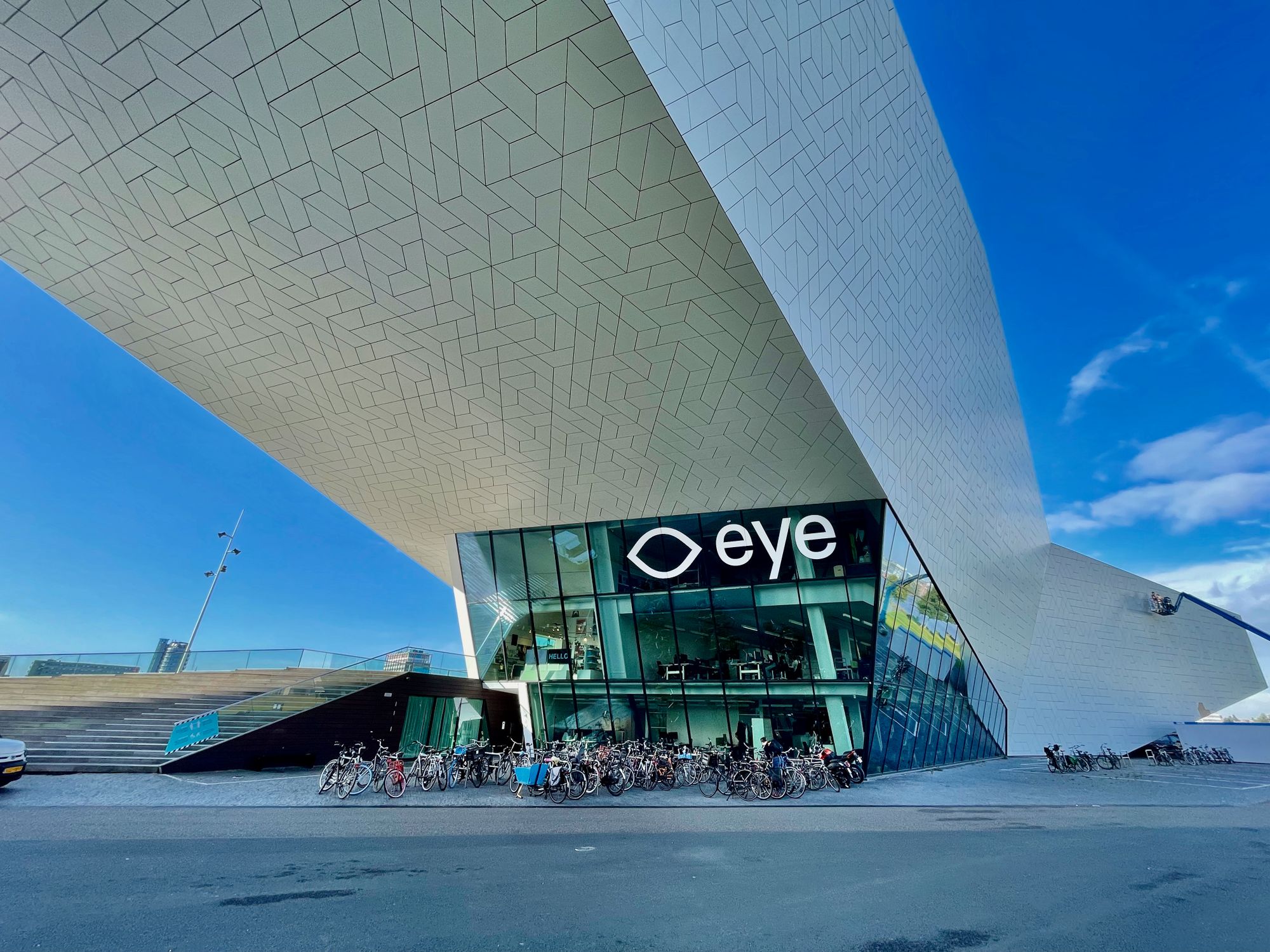Identity unmasked
Explore 'identity' in the digital era, its dual role in admin and online worlds, and the convergence enabled by facial recognition tech.

In the digital age, the word "identity" has taken on new dimensions, but its roots reach back to ancient times. From Latin "idem," meaning "the same," identity has always been about sameness and continuity. Today, we find ourselves navigating two distinct realms of identity: administrative and online. And with the advent of face recognition technology, these two worlds are converging in unexpected ways.
The Etymology of Identity – A Journey Through Time
The word "identity" comes from the Latin "identitas," derived from "idem." It's a concept that has evolved through the ages, reflecting our need to define and understand ourselves in relation to others.
In the administrative world, identity is a formal, legal construct. It's your name on a birth certificate, your face on a driver's license, your signature on a contract. It's tangible, concrete, and governed by laws and regulations.
In the online world, identity is more fluid and self-curated. It's your profile picture on Facebook, your witty bio on X (Twitter), your curated feed on Instagram. It's a digital expression of who you are—or who you want to be.

Face recognition – Bridging two worlds
With the rise of face recognition technology, these two realms of identity are beginning to intersect. Your administrative identity, captured in official documents, can now be linked to your online identity, scattered across social media platforms.
This convergence has opened new doors for convenience and security but also raised serious questions about privacy, consent, and accuracy.
Rather, one way to think about this might be that AI makes practical at a massive scale things that were previously only possible on a small scale. This might be the difference between the police carrying wanted pictures in their pockets and the police putting face recognition cameras on every street corner - a difference in scale can be a difference in principle. Benedict Evans.
A cautionary tale
A recent incident brings these concerns to life. During a demonstration, photographs were taken, capturing the faces of attendees. Police then used face recognition technology to search social media profiles, matching faces with online identities.
Warnings were sent to the matches, leading to confusion, fear, and controversy. Was this an innovative use of technology to maintain order, or an overreach that infringed on personal freedoms?
The incident sparked a heated debate, highlighting the complex interplay between administrative identity, online identity, and emerging technology.
Conclusion: Navigating the Identity Landscape
The tale of "identity" is a rich and evolving narrative, stretching from ancient Latin roots to cutting-edge technology. As we continue to explore and define ourselves in both administrative and online realms, we must be mindful of the connections and collisions between these worlds.
The story of the demonstration serves as a reminder that our digital footprints are more than mere pixels on a screen. They are part of our broader identity, intertwined with our legal and social selves.
As we embrace the conveniences of modern technology, let's also embrace the responsibility to use it wisely, respecting the delicate balance between innovation and privacy, between being the same in two worlds yet unique in our own right.
Read more: Accounts, profiles, and the Digital Handshake and How to get verified on LinkedIn




